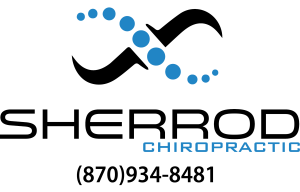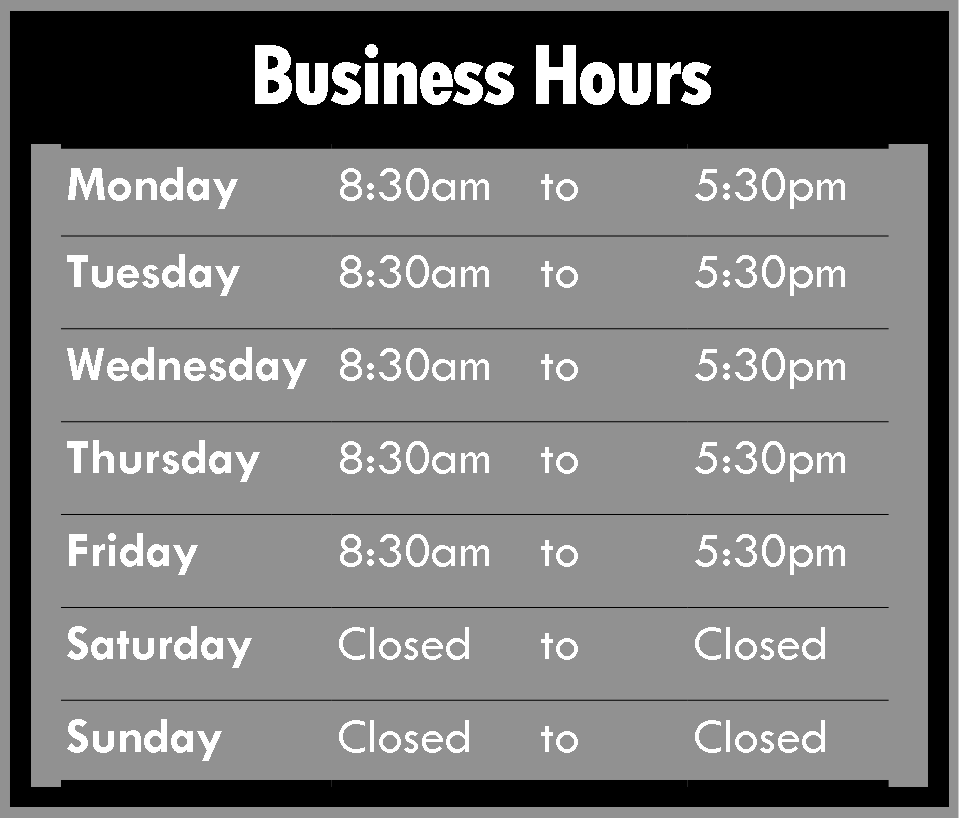Support for Chiropractic Care
Research Supporting Chiropractic
Numerous studies have shown that chiropractic treatment is both safe and effective. The following are excerpts from a few of the more recent studies. By examining the research supporting chiropractic care, you will find that chiropractic offers tremendous potential in meeting today’s health care challenges.
For Acute and Chronic Pain
“Patients with chronic low-back pain treated by chiropractors showed greater improvement and satisfaction at one month than patients treated by family physicians. Satisfaction scores were higher for chiropractic patients. A higher proportion of chiropractic patients (56 percent vs. 13 percent) reported that their low-back pain was better or much better, whereas nearly one-third of medical patients reported their low-back pain was worse or much worse.”
– Journal of Manipulative and Physiological Therapeutics, Nyiendo et al. (2000),
In a Randomized controlled trial, 183 patients with neck pain were randomly allocated to manual therapy (spinal mobilization), physiotherapy (mainly exercise) or general practitioner care (counseling, education and drugs) in a 52-week study. The clinical outcomes measures showed that manual therapy resulted in faster recovery than physiotherapy and general practitioner care. Moreover, total costs of the manual therapy-treated patients were about one-third of the costs of physiotherapy or general practitioner care.
— British Medical Journal, Korthals-de Bos et al. (2003)
In Comparison to Other Treatment Alternatives
“Acute and chronic chiropractic patients experienced better outcomes in pain, functional disability, and patient satisfaction; clinically important differences in pain and disability improvement were found for chronic patients.”
– Journal of Manipulative and Physiological Therapeutics, Haas et al. (2005)
“In our randomized, controlled trial, we compared the effectiveness of manual therapy, physical therapy, and continued care by a general practitioner in patients with nonspecific neck pain. The success rate at seven weeks was twice as high for the manual therapy group (68.3 percent) as for the continued care group (general practitioner). Manual therapy scored better than physical therapy on all outcome measures. Patients receiving manual therapy had fewer absences from work than patients receiving physical therapy or continued care, and manual therapy and physical therapy each resulted in statistically significant less analgesic use than continued care.”
– Annals of Internal Medicine, Hoving et al. (2002)
For Headaches
“Cervical spine manipulation was associated with significant improvement in headache outcomes in trials involving patients with neck pain and/or neck dysfunction and headache.”
— Duke Evidence Report, McCrory, Penzlen, Hasselblad, Gray (2001)
“The results of this study show that spinal manipulative therapy is an effective treatment for tension headaches. . . Four weeks after cessation of treatment . . . the patients who received spinal manipulative therapy experienced a sustained therapeutic benefit in all major outcomes in contrast to the patients that received amitriptyline therapy, who reverted to baseline values.” ‘
— Journal of Manipulative and Physiological Therapeutics, Boline et al. (1995)
Cost Effectiveness
“Chiropractic care appeared relatively cost-effective for the treatment of chronic low-back pain. Chiropractic and medical care performed comparably for acute patients. Practice-based clinical outcomes were consistent with systematic reviews of spinal manipulative efficacy: manipulation-based therapy is at least as good as and, in some cases, better than other therapeusis.”
– Journal of Manipulative and Physiological Therapeutics, Haas et al. (2005)
Patient Satisfaction
“Chiropractic patients were found to be more satisfied with their back care providers after four weeks of treatment than were medical patients. Results from observational studies suggested that back pain patients are more satisfied with chiropractic care than with medical care. Additionally, studies conclude that patients are more satisfied with chiropractic care than they were with physical therapy after six weeks.”
— American Journal of Public Health, Hertzman-Miller et al. (2002)
Popularity of Chiropractic
“Chiropractic is the largest, most regulated, and best recognized of the complementary and alternative medicine (CAM) professions. CAM patient surveys show that chiropractors are used more often than any other alternative provider group and patient satisfaction with chiropractic care is very high. There is steadily increasing patient use of chiropractic in the United States, which has tripled in the past two decades.”
– Annals of Internal Medicine, Meeker and Haldeman (2002)



